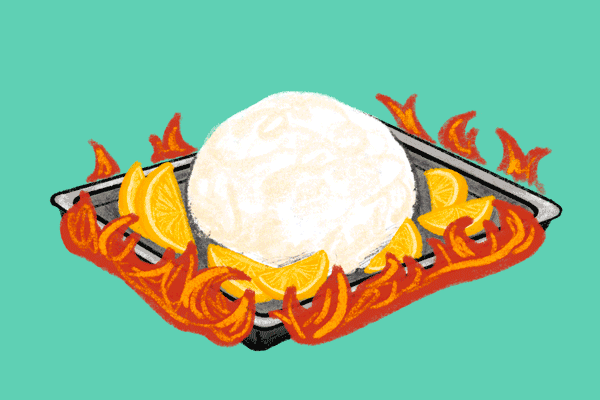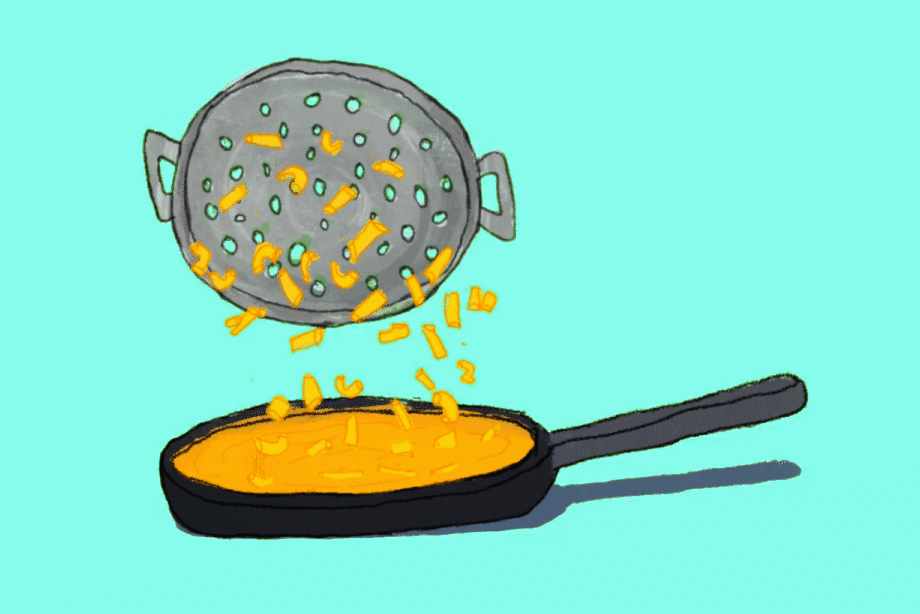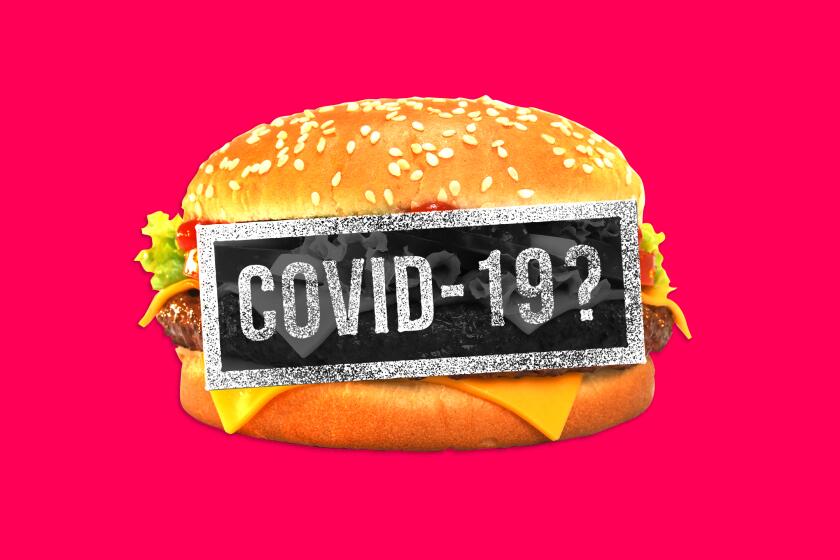People are buying more avocados and less bacon as coronavirus shifts eating patterns
- Share via
The coronavirus outbreak has transformed the way the world eats.
There is no trend, exactly, other than this: People want comfort. They also want to eat their way to stronger immune systems. They’re stress baking, but they’re also eating healthier foods than they would have at restaurants. Avocados are in. Pork belly out. Frozen pizzas and instant noodles are flying off the shelves.
And these seemingly conflicting and converging buying patterns are upending agricultural markets, sending prices for avocados surging more than 60% from early March, while butter is tumbling because of the loss of restaurant demand.
Any way you cut it, the coronavirus has “completely changed everything,” said Sylvain Charlebois, a professor and senior director of the agri-food analytics lab at Dalhousie University in Halifax, Canada.
“People are more concerned about putting food on the table than anything else,” he said. “That really changes the mindset of a consumer.”
Some of these trends could be here to stay, experts say. Now that some people have gone back to packaged foods, they may be surprised to see the quality improvements for these products and keep buying them even in the post-quarantine world. Cooking more at home might also continue well after the stay-at-home orders end.
‘Health halo’
Avocados are one of the foods that have seen a surprising price surge in the last few weeks. When lockdown measures first went into effect, farmers in Mexico, the world’s top avocado producer, started slowing harvest activities, anticipating a demand drop-off.
But it turns out avocado toast and guacamole are proving to be stay-at-home favorites. Demand has been much higher than the growers were expecting, and that has sent prices surging. A box of Hass avocados from the state of Michoacan, Mexico’s biggest producer, cost about $20 on Monday, according to the government. That’s up 63% from early March.
Other produce items have been flying off grocery shelves. U.S. retail sales of citrus were a standout, up about 50% in March from year-earlier levels, according to data from researcher IRI.
“There is a general health halo over all fresh produce items,” said Roland Fumasi, analyst for RaboResearch in Fresno.
It might be the vitamin C content in citrus that prompted the buying as people look to boost their immune systems. Orange juice, once a breakfast staple that had fallen out of favor because of its high sugar content, also got a boost. Orange juice futures traded in New York are up about 17% since the end of February.
For the best flavor, lightly char the outside of a whole cauliflower, then drench it in a bright lemon-tahini sauce.
Comfort foods
For a lot of people, eating has become an escape from boredom and stress these days. Consumers are picking up items at the grocery store they had been shunning just a few months ago: Packaged foods in particular have been given new life.
Brown butter, which is simply butter cooked until toasty in smell and taste, enriches this easy mac and cheese recipe with a crunchy top.
Nestle, the world’s largest food and beverage company, is seeing very strong demand for essential food and drink items, Chief Executive Mark Schneider said this month. The company makes DiGiorno frozen pizzas and Maggi instant noodles.
Conagra Brands Inc., whose portfolio includes Duncan Hines, Chef Boyardee and Birds Eye, is seeing a lift across all the categories, CEO Sean Connolly said late last month.
“It moved in waves, but everything is moving,” he said.
Snack consumption is also going up. That’s partly because people are stuck at home, but also because they’re spending more time doing activities that lend to munching, such as binge-watching “Tiger King” on Netflix.
The case of South Korea is instructive for other markets, according to researcher Euromonitor International Ltd.
In the first part of March, snack sales at a popular convenience store in the country were up 9% from a year earlier.
Restaurant losses
Even with the huge jump in grocery store buying, the blow from the closure of restaurants is just too big to overcome in some markets. Bacon has been one example. That’s also why there’s been things like milk dumping. Farmers are disposing of excess supplies because demand from makers of cheese and butter has dried up.
Price moves illuminate that pain. Butter futures in Chicago have tumbled to the lowest in a decade, and cheese has also crashed.
Belgium’s storied pomme frite purveyors are another victim. The country is the world’s top shipper of frozen potato products, hawking fries, chips and mashed potatoes to more than 160 countries, said Romain Cools, secretary general of industry group Belgapom. The vast majority is exported, and demand dried up as the food-service industry ground to a halt. European processing-potato futures are down almost 90% this year, trading near all-time lows.
Even if restaurants are still doing takeout orders, many have reduced their menu offerings, and home cooks in general are not using as many ingredients as they might eat at a sit-down meal.
But people will also be pleased to see that $20 buys a lot more at the grocery store than it does at restaurants, said Nicholas Fereday, a consumer goods senior analyst at RaboResearch in New York. And the revival of packaged foods might have some longer-term effects on buying habits.
“There’s a simplification going on,” Fereday said. Packaged foods are “certainly more available because there’s more output, and people will remember that. When there was nothing left to eat, these companies delivered.”
To address the coronavirus food safety question of whether cooking kills the virus on food, an infectious disease medical expert answers common concerns.
More to Read
Inside the business of entertainment
The Wide Shot brings you news, analysis and insights on everything from streaming wars to production — and what it all means for the future.
You may occasionally receive promotional content from the Los Angeles Times.













